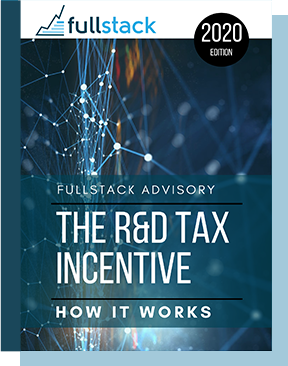When the term financial modelling is used, most
companies think of the three- to five-year financial analysis that accompanies
a business plan. If this definition is correct, financial modelling applications
are more extensive than necessary to provide vision, attract early investors,
and provide valuable information to stakeholders such as VC firms that need
data to manage investments. For existing companies looking for a new capital
base, financial modeled is often an integral part of a business plan, business
strategy or business model.
 |
| Financial Modelling |
For people who are executives in
the field of CEO, sales, marketing or purchasing, financial modelling is a key
focus for decisions. Financial modelling involves the creation of detailed
company-specific models, which are then used to make decisions and carry out
financial analyses. It is a tool that can be used to predict a company's
long-term financial performance based on its historical performance and to
develop new business models.
One of the main advantages of
financial modelling for business models is the ability to construct a detailed
model of a particular security, such as stocks, bonds, or other financial
instruments.
If your business is going through
a change of direction, whether it's a loss of customers or expansion, financial
models can help you mitigate risks and make better decisions. Financial models
are used to project the long-term financial health of an enterprise, such as
the financial performance of a company.
Financial models are a set of
assumptions about the future conditions of a business project that are
determined by factors such as market conditions, economic conditions and other
factors. Financial modelling, often considered synonymous with financial
forecasting, is the process of delivering a forecast financial performance. In a
real sense, financial modelling is used to predict companies "future
financial performance.
Therefore, financial modelling
capabilities relate to the ability to transform a set of assumptions a company
has made about market behavior into numerical predictions. This process leads
to the creation of mathematical models that support companies in their
decisions.
These are the calculations that
are performed by individuals to provide a simplified financial presentation of
the financial situation of a company and its financial performance.
Financial modelling is basically
the process that helps you better understand financial and business decisions.
Financial modelling itself is not an easy skill to learn and requires many
years of experience. Many interrelated and complex steps are associated with
maintaining and using financial models.
There is no doubt that the
ability to modelling is a fundamental skill that every financial professional
needs. Given the importance of companies, there is a situation where good
financial models are in high demand and a minimal supply to develop large and
useful financial models. Financial modelling is permeated with the key core
elements that make important business decisions in the corporate world.
Financial models are the best way
to make business decisions without finding the perfect solution and with the
right balance of risk and reward for your business.
A good financial model allows you
to see the bigger picture and make strategic decisions based on the most
up-to-date data. The model can advise you on the risk levels associated with
the implementation of certain decisions.
However, when it comes to
financial modelling, there is no single solution - size - fit - and that can
lead to a lot of confusion and confusion.
You don't necessarily need to be
an Excel expert or have extensive programming knowledge to create financial
models. Advanced financial software like Tidemark can help One takes away a
part of the basic work from model making.
In reality, financial modelling is
a crucial skill you must have. Building financial models is a daily occurrence
for anyone involved in investment banking (FP / A), or "investment
banking" for short.
In particular, financial modelling is in reality just
another tool to help decision-makers make decisions. It is a tool that is used
to make decisions and forecasts, and it is one of the most important tools in
any business.
Financial models come into play
when companies raise capital, make acquisitions, or simply want to understand
how changes in business drivers affect overall performance.In this area, hiring
an experienced professional ad to support these efforts can be very helpful.
Given the importance of models at this critical juncture, it is crucial that an
experienced professional who can accurately capture a particular business is
behind the financial model. Before we can look at some of the key benefits of
financial modelling for your business and its applications, we really need to
learn some truths from it.
There are a number of professionals
who regularly develop and analyze financial models, including investment
bankers, accountants, and business managers, but business school graduates are
more likely to help you create useful models.
If you decide to go it alone,
download a template as a starting point, especially one that suits your type of
business. Websites like Upwork can help you find an experienced financial
person to help you with a model. Local business offices and business centers
can provide you with access to free and voluntary resources that can be very
helpful.















